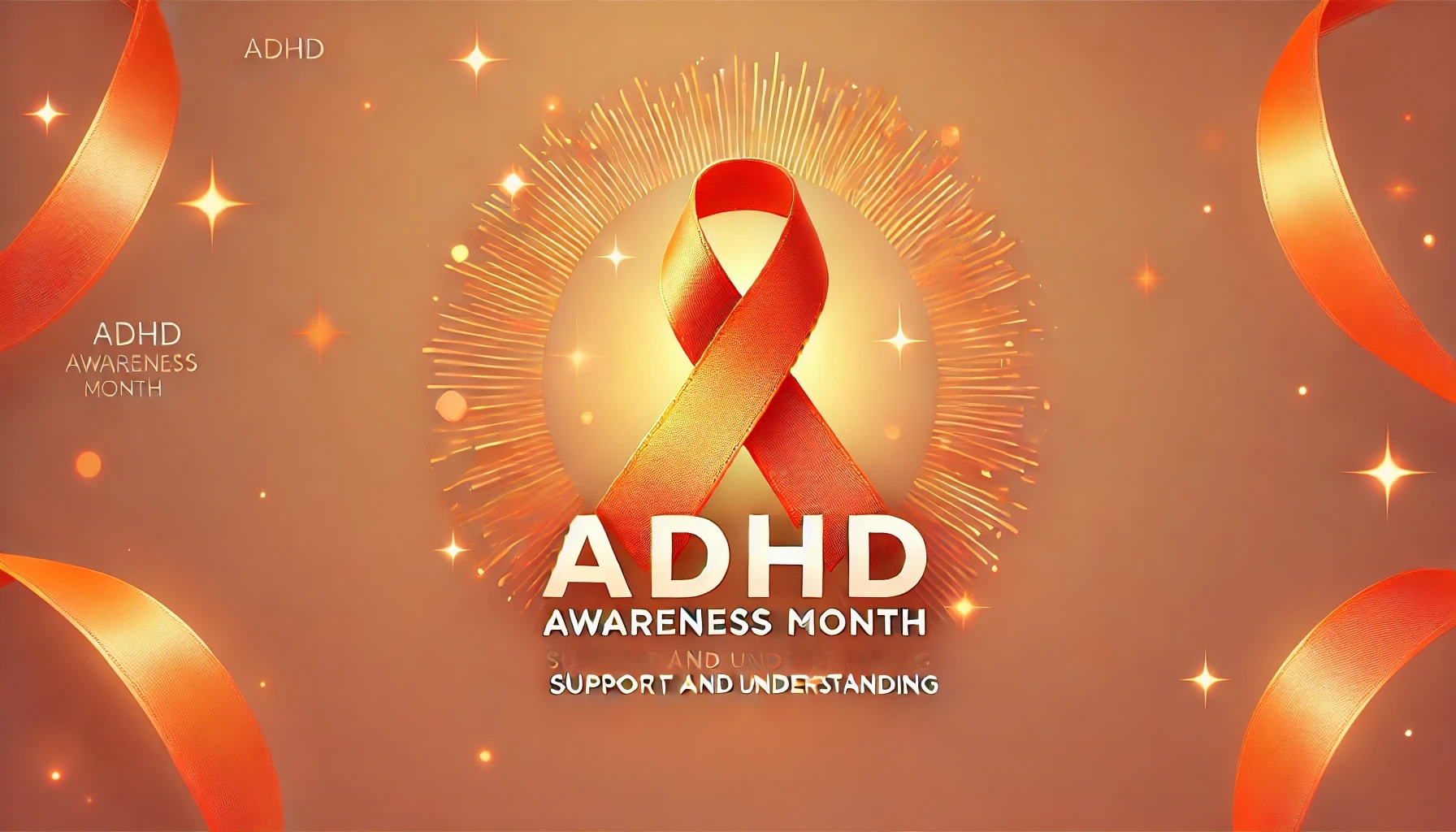October is ADHD Awareness Month, a dedicated time to raise awareness about Attention Deficit Hyperactivity Disorder (ADHD).
This month provides an opportunity for HR professionals to promote understanding and support for employees with ADHD, fostering an inclusive and productive work environment.
Understanding ADHD and Its Symptoms
ADHD is a neurodevelopmental disorder that affects millions of people worldwide. According to the World Health Organization (WHO), it is estimated that about 2.5% of adults globally have ADHD. The condition is characterised by symptoms such as:
- Inattention: Difficulty sustaining focus, following detailed instructions, or organising tasks and activities.
- Hyperactivity: Excessive fidgeting, restlessness, or an inability to stay seated in appropriate situations.
- Impulsivity: Acting without thinking, interrupting others, or difficulty waiting for one’s turn.
These symptoms can present challenges in the workplace, but it is crucial to understand that ADHD does not diminish an individual’s value or potential. Employees with ADHD can bring unique strengths and perspectives to their roles.
Challenges in the Workplace
Employees with ADHD may face specific challenges, including:
- Time Management: Struggling to meet deadlines or manage multiple tasks effectively.
- Organisation: Difficulty keeping workspaces tidy or organising information systematically.
- Focus: Finding it hard to concentrate in noisy or open-plan offices.
- Communication: Potential issues with verbal and written communication, such as interrupting others or having trouble with detailed instructions.
Tips for Supporting Neurodiversity and ADHD in the Workplace
Employers can take several steps to create a supportive environment for employees with ADHD:
- Flexible Work Arrangements: Offer flexible working hours or remote work options to help employees manage their time and work in environments that suit their needs.
- Structured Tasks and Clear Instructions: Break down tasks into smaller, manageable steps and provide clear, written instructions. This can help employees stay organised and understand expectations.
- Minimise Distractions: Create quiet workspaces or provide noise-canceling headphones to help employees maintain focus in busy office environments.
- Regular Feedback and Support: Provide regular, constructive feedback and set up check-ins to discuss progress and address any challenges. Offering positive reinforcement can also boost confidence and motivation.
- Training and Awareness: Educate all employees about ADHD and neurodiversity through workshops and training sessions. This can promote a culture of understanding and inclusivity.
- Access to Resources: Ensure employees have access to resources such as counselling services, occupational health support, and external ADHD organisations.
Further Reading and Resources
- ADHD Foundation: The ADHD Foundation is the UK’s leading charity supporting children, young people, and adults with ADHD. They offer a range of services including training, resources, and advocacy to improve understanding and support for those affected by ADHD.
- Website: ADHD Foundation
- ADDISS (The National Attention Deficit Disorder Information and Support Service): ADDISS provides information, resources, and support to individuals with ADHD and their families. They also offer training and conferences to raise awareness and promote better understanding of ADHD.
- Website: ADDISS
NEURODIVERSITY & WORKPLACE WELLBEING PROFESSIONAL
Take a look at some content relating to neurodiversity in the workplace below (with much more to be found under ‘Neurodiversity’ in the Topic Index):
- Tracey Paxton: Embracing neurodiversity in the workplace
- Becky Ward: Understanding and support ADHD in the workplace
- Dr Stefan Walters: Exploring the relationship between ADHD, Autism and addiction
Don’t Forget…
Take a look at our ultimate guide for managers on neurodiversity in the workplace. Follow the link below:
Joanne is the editor for Workplace Wellbeing Professional and has a keen interest in promoting the safety and wellbeing of the global workforce. After earning a bachelor's degree in English literature and media studies, she taught English in China and Vietnam for two years. Before joining Work Well Pro, Joanne worked as a marketing coordinator for luxury property, where her responsibilities included blog writing, photography, and video creation.



